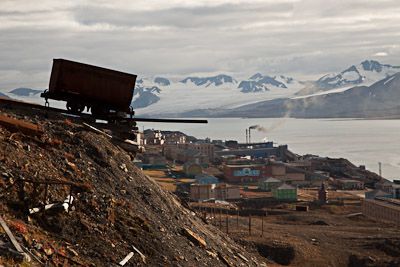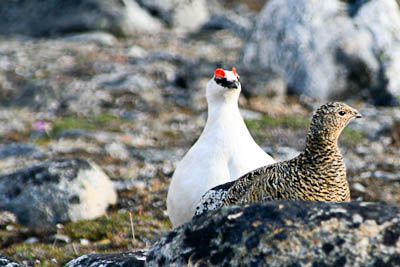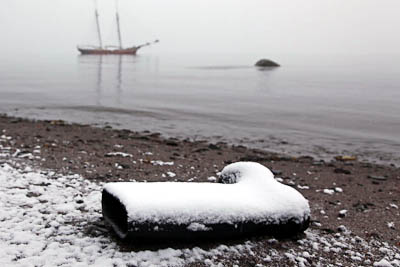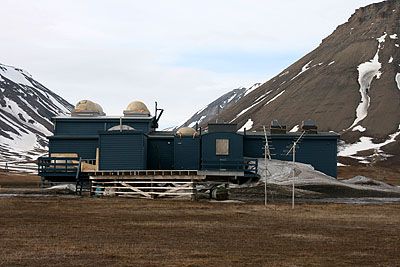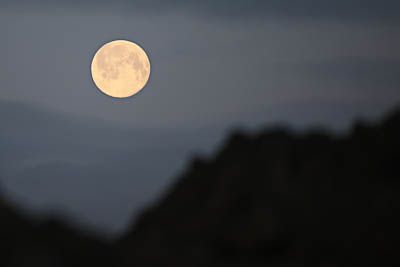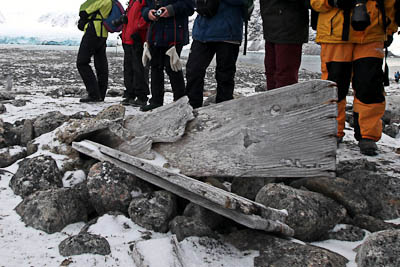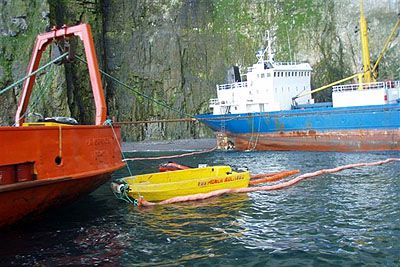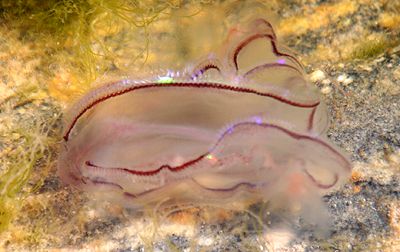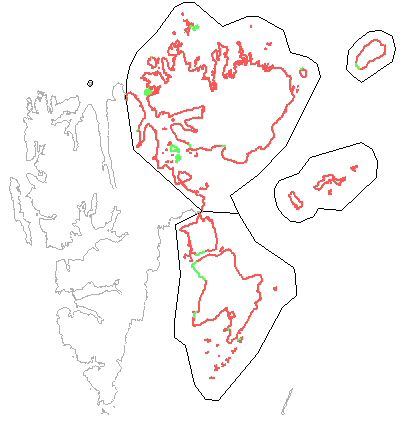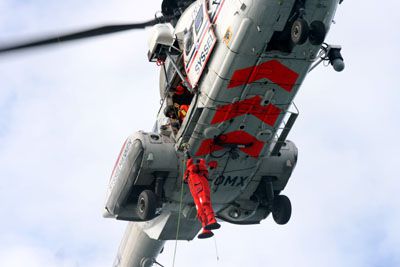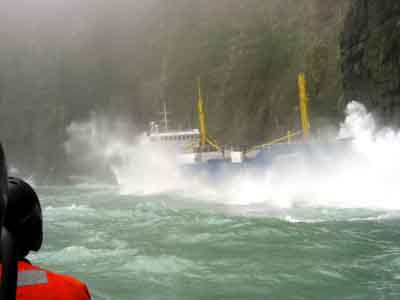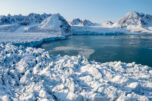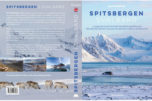-
current
recommendations- Liefdefjord
New page dedicated to one of Spitsbergen's most beautiful fjords. Background information and many photos.
- New Spitsbergen guidebook
The new edition of my Spitsbergen guidebook is out and available now!
- Liefdefjord
New page dedicated to one of Spitsbergen's most beautiful fjords. Background information and many photos.
Page Structure
-
Spitsbergen-News
- Select Month
- May 2025
- April 2025
- March 2025
- February 2025
- January 2025
- December 2024
- November 2024
- October 2024
- September 2024
- August 2024
- July 2024
- June 2024
- May 2024
- April 2024
- March 2024
- February 2024
- January 2024
- December 2023
- November 2023
- October 2023
- September 2023
- August 2023
- July 2023
- June 2023
- May 2023
- April 2023
- March 2023
- February 2023
- January 2023
- December 2022
- November 2022
- October 2022
- September 2022
- August 2022
- July 2022
- June 2022
- May 2022
- April 2022
- March 2022
- February 2022
- January 2022
- December 2021
- November 2021
- October 2021
- September 2021
- August 2021
- July 2021
- June 2021
- May 2021
- April 2021
- March 2021
- February 2021
- January 2021
- December 2020
- November 2020
- October 2020
- September 2020
- August 2020
- July 2020
- June 2020
- May 2020
- April 2020
- March 2020
- February 2020
- January 2020
- December 2019
- November 2019
- October 2019
- September 2019
- August 2019
- July 2019
- June 2019
- May 2019
- April 2019
- March 2019
- February 2019
- January 2019
- December 2018
- November 2018
- October 2018
- September 2018
- August 2018
- July 2018
- June 2018
- May 2018
- April 2018
- March 2018
- February 2018
- January 2018
- December 2017
- November 2017
- October 2017
- September 2017
- August 2017
- July 2017
- June 2017
- May 2017
- April 2017
- March 2017
- February 2017
- January 2017
- December 2016
- November 2016
- October 2016
- September 2016
- August 2016
- July 2016
- June 2016
- May 2016
- April 2016
- March 2016
- February 2016
- January 2016
- December 2015
- November 2015
- October 2015
- September 2015
- August 2015
- July 2015
- June 2015
- May 2015
- April 2015
- March 2015
- February 2015
- January 2015
- December 2014
- November 2014
- October 2014
- September 2014
- August 2014
- July 2014
- June 2014
- May 2014
- April 2014
- March 2014
- February 2014
- January 2014
- December 2013
- November 2013
- October 2013
- September 2013
- August 2013
- July 2013
- June 2013
- May 2013
- April 2013
- March 2013
- February 2013
- January 2013
- December 2012
- November 2012
- October 2012
- September 2012
- August 2012
- July 2012
- June 2012
- May 2012
- April 2012
- March 2012
- February 2012
- January 2012
- December 2011
- November 2011
- October 2011
- September 2011
- August 2011
- May 2011
- April 2011
- March 2011
- February 2011
- January 2011
- December 2010
- November 2010
- September 2010
- August 2010
- July 2010
- June 2010
- May 2010
- April 2010
- March 2010
- February 2010
- November 2009
- October 2009
- August 2009
- July 2009
- June 2009
- May 2009
- April 2009
- March 2009
- February 2009
- January 2009
- December 2008
- November 2008
- October 2008
- August 2008
- July 2008
- June 2008
- May 2008
- April 2008
- March 2008
- February 2008
- April 2000
- Select Month
-
weather information
-
Newsletter

| Guidebook: Spitsbergen-Svalbard |
Home →
Yearly Archives: 2009 − News & Stories
Tough times in Barentsburg
The 400 inhabitants of the Russian mining settlement Barentsburg have to live with difficult work- and general conditions. After a fire in the mine in early 2008, when 2 people lost their lives, mining was stopped for a while; currently, 30,000 tons per year are mined to keep the local power plant running. Full production on a level of 120,000 tons per year, still low on a global scale, will not come before summer 2010 – one year later than originally hoped for. A miner has now complained through the press about bad conditions, such as insufficient work power and equipment and, as a result of this, more or less regularly occuring dangerous situations. Also the wages of about one Dollar per hour are not exactly reason for happiness.
The leadership of the mining Company Trust Arktikugol does not show any understanding for the complaints.
In November 2009, Trust Arktikugol has lost a Norwegian court case regarding use of helicopters in Spitsbergen. Norwegian authorities have denied the Russians to use helicopters for other purposes than those directly connected to the mining activities of Trust Arktikugol. This is, in practice, restricted to transport of personell between Longyearben and Barentsburg. The Russians want to offer commercial flights for scientists and tourists, in the case of the latter at least to offer transportation from Longyearben to Barentsburg also during the winter. They refer to the Spitsbergen Treaty, which makes clear that all signatory powers and their citizens have equal rights for commercial activities in Spitsbergen.
Mining in Barentsburg: Currently a diffcult affair.
Source: Svalbardposten (46/2009)
Wintering areas of ptarmigans
The ptarmigan is the only bird that stays in Spitsbergen year-round. Scientists have now equipped some ptarmigans with satellite trackers to follow them digitally through the polar night. So far, they seem to remain in the general area, migrating locally while searching for food. The Norwegian Polar Institute is publishing and updating the results Backhere.
Ptarmigans in Spitsbergen
Source: Norwegisches Polarinstitut
Danger of alien plant species
Introduced plant and animal species can create ecological desasters. Alien species have already been found in many parts of the polar regions, including Antarctica. In more recent times, the highest risk of introduction is use of contaminated boots that have been used elsewhere, possibly in climatically comparable high mountain or polar areas.
In 2008, scientists have tested boots of 260 visitors at the airport in Longyearbyen and found 500 moss fragments and 1000 seeds of 52 plant species, including many birch seeds.
Not just a rubber boot, but a potentially dangerous source of contamination
Source: UNIS
CO2-storage in Adventdalen
The idea to run Spitsbergen “carbon-free” is based on CCS: capturing and consequent storage of carbon dioxide in sandstone layers in the ground. After three scientific drillings had to be aborted due to technical difficulties, a fourth one has successfully reached promising sandstone layers at a depth of up to 870 metres. Less than 1000 metres that had been hoped for, but enough in case further testing shows the layers to be capable of long-term storage of CO2-emissions from, for example, Longyearbyen’s coal power plant.
Techniques thus developed by UNIS (the university in Longyearben) might in the future be used elsewhere in the world.
Successful: drilling project near the old airstrip in Adventdalen
Source: Unis
Beginning of the polar night
Since approximately 24 October, the sun can not be seen anymore above the horizon. There will still be twilight at noon for another couple of weeks, until the polar night comes for real. It is safe to expect the sun back above the horizon near the end of February.
Moonlight in Borebukta on the north side of Isfjord in October.
Source: not needed. This is just how it is.
New regulations: Historical sites declared off limits, ban on heavy oil in National Parks
After a long and rather controversial discussion, Norwegian authorities have decided to declare 8 historical sites in the Spitsbergen archipelago off limits, starting 01 January 2010.
The sites are:
- Ebeltofthamna (Krossfjord): The remains of the whaling station south of the lagoon.
- Likneset (Smeerenburgfjord): Spitsbergen’s largest graveyard from the whaling period.
- Ytre Norskøya: the graveyard and the blubber ovn foudations near the south coast. The rest of the island remains accessible.
- Haudegen (Rijpfjord, Nordaustland): The WWII weather station and a safety zone around it may not be intered.
- Habenichtbukta (Edgeøya): The combined Whaling/Pomor site
- Zieglerøya, Delitschøya, Spekkholmen (near Edgeøya): These small islands with their many historical sites will be completely off limits.
- Halvmåneøya (near Edgeøya): Only the famous old trapper station Bjørneborg can be visited, the rest of the island is off limits.
- Midterhukhamna (Bellsund): No access to the small hut (built in 1898) and the near-by remains of the 17th century whaling station.
For more details such as a map of the sites, see, Sysselmannen.
It has also been decided to ban the use of heavy (crude) oil in the three largest National Parks in Spitsbergen. Heavy oil is a common fuel type for large ships, but is very dangerous for the environment in case of accidents.
As exceptions, it can still be used until 01 January 2015 on the shortest safe routes to Sveagruva, Ny Ålesund and into Magdalenefjord.
A similar ban is in force since 2007 in the large Nature Reserves in eastern parts of the archipelago.
This part of the new regulations is welcomed by conservation groups.
Tourists carefully visit a whaler’s grave from the 17th century at Likneset in northwestern Spitsbergen.
This will not be possible anymore in the future, starting 01 January 2010.
Source: Sysselmannen
CO2-storage underground in Adventdalen
The idea to manage a »CO2-free« Spitsbergen in the not too far future has suffered several setbacks already, but is still being followed. So far, three research drillings to search for sandstone layers suitable for CO2-storage in depths of several hundred meters under terrain had to be abandoned because of technical problems. A fourth attempt will be started soon near the old airstrip in Adventdalen.
BThe next drilling will take place near the old northern light observatory in Adventdalen.
Source: Svalbardposten
Arctic Ocean possibly seasonally ice-free as early as 2030
There has been a year-round ice-cover on the Arctic Ocean since approximately 15 million years. New research results indicate that this relatively young, but for the Arctic extremely important ecosystem might get lost again as soon as around 2030. It has to be expected that the Arctic Ocean will be completely ice-free during the summer and that sea ice is reduced to a seasonal cover during the winter and spring.
The tooth of climate change is nagging on arctic sea ice.
Ban on entering carst cave
Karst caves exist due to water that circulates through water-soluble rock types such as limestone. DN (Norwegian directorate for nature administration), that has recently gained a reputation for various attempts to forbid pretty much anything that other people might enjoy in arctic nature, has made a proposal to put a ban on entering karst caves. The fact that there are no karst caves known in Spitsbergen is of no hinder. If there were any, they would certainly be interesting, so why not forbid entering them, just in case…
Old mine for marble, a crystalline carbonate rock, in Kongsfjord.
Could be a cave, who knows?
Source: Svalbardposten
Grounding of Russian ship at Bjørnøya IV
All oil derivates (diesel, lubrication oil) has been removed from the Rusian freezing ship Petrozavodsk, that ran aground near the southern tip of Bjørnøya on 11 May. Operations were completed on 05 August. Smaller spills of oil from the wreck did not cause any environmental damage, according to field biologists.
The Russian owner company is theoretically obliged to remove the wreck, but is unlikely to do so as actual costs are expected to exceed those that the company legally has cover. The future of the wreck is therefor unclear, but at least it does not impose any major environmental hazard anymore.
Pumping operation at the wreck of Petrozavodsk. Foto © Kystverket
Source: Kystverket
Russian ship Petrozavodsk grounded at Bjørnøya
The Russian fishery support vessel that ran aground at Bjørnøya on 11 May is still in the same position. So far, it has only been possible to remove smaller amount of dangerous liquids (oil, diesel, paint), but the major part of the diesel volume is still on board. Minor spills have already occured, and small numbers of birds covered with diesel oil have been observed. Norwegian authorities have made preparations to remove all remaining dangerous substances from the ship and have announced that everything will be done to complete the operations before the Guillemot chicks that are currently sitting in very large numbers on adjacent cliffs jump into the water (they leave the nesting site before they can fly). So far, bad weather and rough seas have made these operations impossible.
Bird cliff at the southern tip of Bjørnøya, near the site of the Russian wreck.
Source: Svalbardposten
Change of marine ecosystem poses potential threat on Little auks
First results of a new research project “Arctic Tipping Points” (ATP) show that high-arctic zooplankton species such as Calanus glacialis have started to change their distribution areas, migrating towards colder waters, most likely due to recent warming within their traditional range. This may for example endanger food supply for species such as the Little auk, Spitsbergen’s most abundant bird. Changes of the marine food chain are in any case very likely to have dramatic consequences for the whole regional ecosystem.
Arctic zooplankton at the north coast of Spitsbergen.
Little auks at northwestern Spitsbergen.
Source: Svalbard Science Forum
Large nature reserves in Eastern Svalbard: “no entry”
The ongoing discussion concerning possible closure of most of eastern Svalbard has been reported repeatedly on these pages (see for example December 2008). After a public hearing period in late 2008, the Sysselmannen gave a negative vote to the strong restrictions that had been proposed by DN (Norwegian directorate for nature administration). Following the motto “we vote until we get the result that we want”, DN puts the same proposal forward again for another public hearing period. Opinions can be sent to the Sysselmannen (contact the Sysselmannen) until 01 September 2009. A new Sysselmannen will ascend the “throne” in Longyearbyen in September 2009. Evil to him who evil thinks…
According to DN’s proposal, landings in the large nature reserves in eastern Svalbard can only be made at 16 dedicated locations/smaller areas, effectively closing many hundred kilometres of coastline and thus something like 40 % of the archipelago to the interested public.
Today, tourists can access most of the area in question with very few exceptions (Kong Karls Land). During a conference organized by AECO in Longyearbyen in October 2008, leading Norwegian scientists expressed that they did not consider tourism to present any serious environmental concerns or conflicts with scientific work, not excluding the need for recommendations or stricter regulations when it comes, for example, to individual sites.
“No entry” to the red areas, according to DN’s old and new proposal
(click here for a larger version of this map)
Source: Svalbardposten
Search-and-rescue (SAR) operations can be expensive
…or, rather: they ARE expensive, but in the future you are more likely to pay yourself. So far, there have already been 52 helicopter SAR operations, compared to a total of 72 in 2008 and 60 in 2007, a significant increase. The most spectacular case was a long-distance helicopter flight from Spitsbergen to northermost Greenland and back to evacuate a Dane with acute health problems. In a large number of cases, snow-mobile or ski tourists have been evacuated in Spitsbergen, when frost or bad weather started to take a toll. The Sysselmannen sees an increased readiness to use the satellite phone or emergency locator beacon. Aditionally, too many tourists (including locals) seem not to be well enough prepared with equipment adequate for all possible high arctic conditions and willingness to spend a couple of days in a self-built snow cave, a common and usually safe method to sustain during extreme weather conditions seems to decrease.
The Sysselmannen considers to use the “polluter pays principle” in the future.
Expensive: the Sysselmannen helicopter
(here seen during an exercise)
Source: Svalbardposten
Grounded ship at Bjørnøya: Captain and officer sentenced
Captain and first officer of the Russian freezing ship Petrozavodsk, grounded 11 May near the southern tip of Bjørnøya, have been sentenced by the North-Norwegian “tingrett” to 15 respectively 40 days in prison. They have been accused of being under influence of alcohol. The officer has additionally been accused for having caused the grounding by falling asleep while on duty and entering the protected zone near the southern coast of Bjørnøya, which must not be entered between 15 May and 31 August by vessels larger than 40 feet.
The Captain was sent back home to Russia after the sentence had been passed, as both had already spent 15 days under arrest.
The wreck of the Petrozavodsk.
Image © Kystverket
Source: Sysselmannen
News-Listing live generated at 2025/May/04 at 03:38:30 Uhr (GMT+1)
